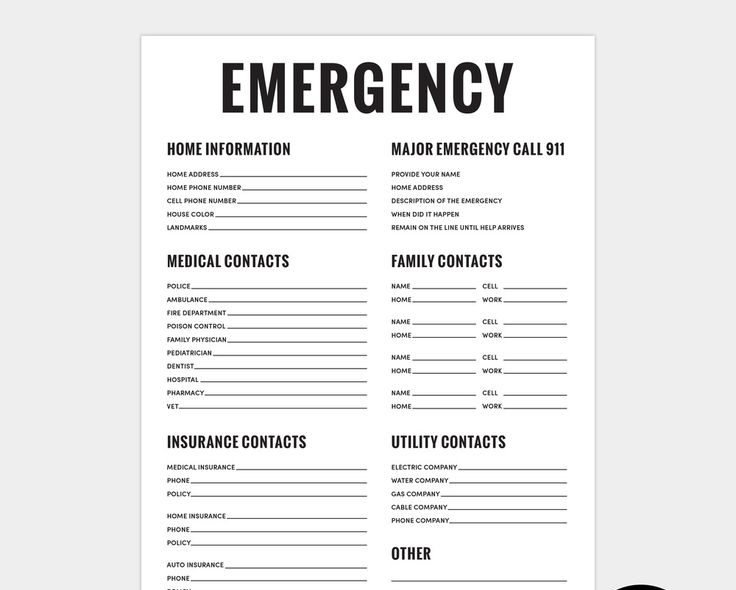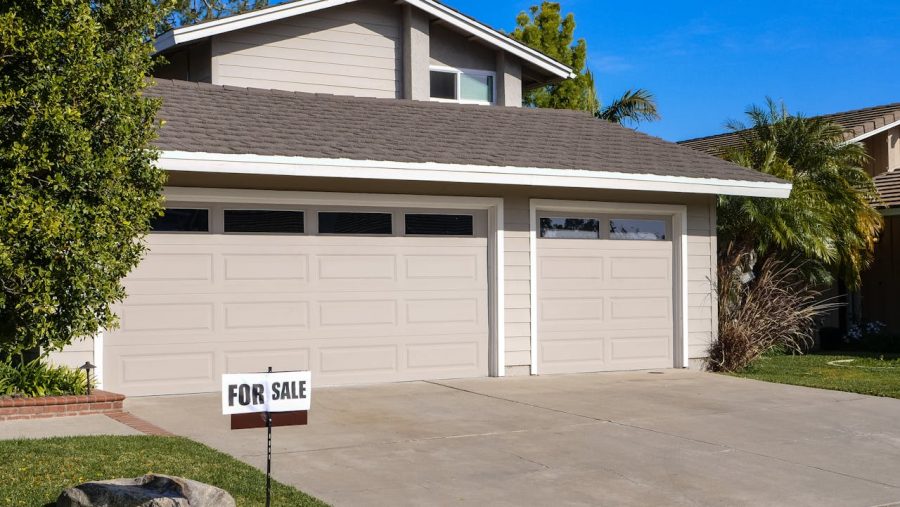When Hurricane Harvey struck the state of Houston, Texas, it caused devastating floods around the area with collateral damage to most residential houses and establishments. Just last Friday, a magnitude 8.1 earthquake struck Chiapas, Mexico with a death toll rising to 96 and counting. The roads had cracked while the towering buildings and skyscrapers collapsed due to the earth-shattering movements of the terrain. And just this week, Hurricane Irma is lambasting the state of Florida with its turbulent winds and heavy rain.
With all these violent forces of nature and calamities hitting our towns like a thief in the night, is there any way for us to be prepared in order to evacuate before these calamities strike? How can we keep ourselves safe until the rescuers arrived? Perhaps it’s time for us to revisit disaster preparedness 101. Here are the things you should know (and should be prepared for) if devastating earthquakes or other forces of nature challenge us in the near future.
Know Your Geographical Location and Demography

Disaster Prone Area Map of United States
The first step when preparing for any calamity that may hit your state is to know your geographical location and demography. Are you living in Montana? The chances are you won’t have to worry about a hurricane. Do you live in California facing the Pacific Ocean? Or maybe you’re living in Texas and Florida? Then you should prepare for any hurricane that may develop and strike in your area.
Or perhaps you live in an area around the Pacific Ring of Fire? Then, chances are, you should construct your building or residential house away from the fault line. You might think that you’re safe from calamities but what about pandemic flu that infects your hometown? Never assume that your place is safe from any calamities or forces of nature since there’s no such thing as a free zone. Here is a handy list from Red Cross to know about the location of disaster-prone areas that will give you more time to prepare.
Take Note of your Area’s Evacuation routes and shelter locations
Since you already know what type of disaster is most likely to hit your area, the next thing you should do is to familiarize yourself with state’s escape, evacuation routes so you can navigate from your location. If a calamity is to hit, you’re already prepared and know which routes to take and which routes to escape in order not to get stuck and, of course, to get to the nearest evacuation center. One way of retaining your and your family’s memory about the evacuation routes and shelter locations is to print out a map of your city and highlight all the escape routes and shelters. Then, put the map in front of your door or in front of your fridge so that the information is easily accessible to all your family members.
Know How to Reconnect With Authorities and Your Relatives

The United States Emergency Contact List. You Can Call Authorities For Help and Rescue
One of the greatest challenges we face when calamity strikes is that most of the time, our communication is disabled. Cell networks and even Internet isn’t working, so there’s no sure way for you to contact your relatives around the area. In this case, it’s best to forward your contacts to your relatives outside the area so that they’ll be the ones to contact and check on your family, since they can establish long distance calls easier because of a good signal. Just make sure to save the battery of your phone to prevent it from draining. While the disaster is happening, it is best to use your phone only in the case of emergency and contact the right authorities (e.g. rescue 911) for help or rescue. Make sure to have a list of all your emergency contacts and local emergency numbers too. If not, enable the emergency response system notification on your phone to know about the impending disaster and establish communication with local authorities.
Pack Up Your Emergency Supplies

Pack Up Your Emergency Survival Kit
Now that you already know what to do and how to establish communication with local authorities, the next thing you need to prepare is your emergency supplies. Keep in mind that the local authorities and rescuers won’t be able to rescue you right away since it’s not only you who is in need of help. Now that you’ve already established your location and contacts to local authorities, all you need to do is to keep yourself safe and survive while waiting for rescuers.
One way of surviving the dire situation is to pack emergency supplies such as canned goods, food or snacks, water, duct tapes, flashlights and a first-aid kit. The food and water will help satisfy your hunger and thirst and retain your strength as well as the much-needed energy. On the other hand, the first-aid kits, duct tapes, and flashlights will help you navigate to a safer route while searching for a safe place to stay. In case of injury, you can tend it with your first-aid kit to prevent an infection. We also encourage you to pack your smartphone and power bank in order to keep your communication line open.










